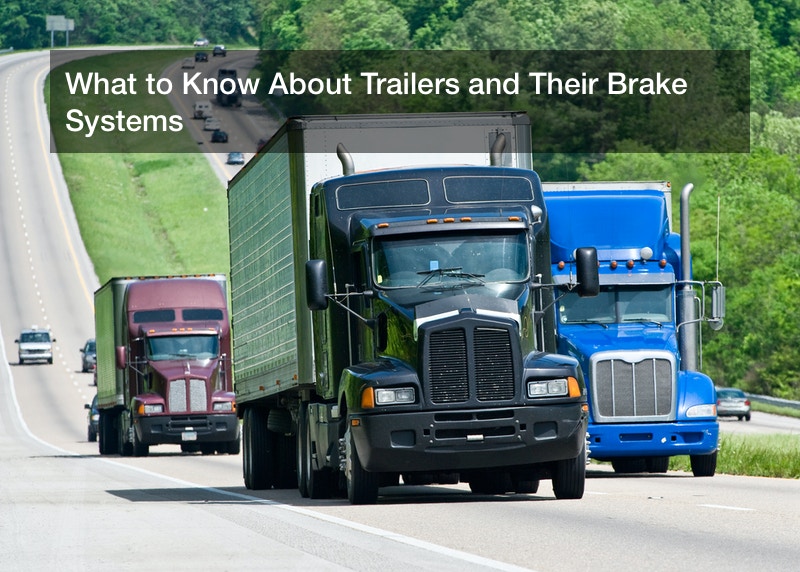
Many Americans own high-end SUVs or pickup trucks that have the horsepower (and hitch) to tow a trailer behind them, typically across paved roads or even dirt and gravel roads. Why might someone pull along a trailer? Often, this is done for work reasons, and a trailer may be loaded with heavy items such as home repair goods or bricks and cinder blocks. In other cases, Americans are towing trailers filled with personal items, such as a drum kit or their possessions as they move to a new residence. In yet other cases, a pickup truck is towing an RV, and all RVs except for motor homes need to be towed around. But there is more to the act of towing than just connecting everything with the trailer hitch. A truck driver should take care to prevent trailer sway, and knowing how to tow safely can keep everything in good shape. Meanwhile, RVs and large trailers will need not only sway control, but also electronic brake controllers. A customer can look up brake controller reviews online and in magazines to decide which model is right for their needs, and brake controller reviews may include numerical scores as well as pros and cons.
Trailer Sway
Ideally, a trailer will not sway at all during transit, and the truck driver can take some basic steps to prevent it. For one thing, the goods inside that trailer should not stick out over the trailer’s edge, and it’s a good idea to focus most of the cargo weight close to the truck. Having more weight at the other end makes trailer sway more likely. If trailer sway does happen during a trip, the truck driver is advised against braking too suddenly. Instead, the driver should gradually slow down and get below the speed where the sway started happening, and that is likely to end the swaying. If it does not, the driver can continue to coast to a stop, then get out and examine the trailer, cargo, and hitch to find the problem. Fixing the sway may involve rearranging the cargo inside that trailer to match the ideal conditions explained above.
Brake Controller Reviews and Purchases
Meanwhile, towing an RV means having electronic brake controllers installed to help the RV’s wheels and brakes coordinate with those of the pickup trucks. A towed RV certainly has its own wheels, but that RV cannot apply any brakes on its own. If towed like that, the RV may slam right into the towing truck when it comes to a halt, and that is not acceptable. And if the truck brakes while going uphill, the RV may roll backwards and tug on the truck if it does not have brakes that coordinate with the truck’s. This could drag the truck back or break the hitch’s connection.
Fortunately, anyone preparing to tow an RV will know the purpose and value of installing trailer brake controllers to the entire system. Someone looking for a new model can get reference with brake controller reviews, and consult anyone else they know who makes use of such brakes, too. A general electronic brake system means placing a control box on the towing truck’s dashboard, then threading wires to the RV’s own brake systems, allowing both parties to communicate and thus coordinate their braking efforts smoothly. There are two general ways to do this: timing brakes, and inertia brakes.
Timing brakes work best for lighter trailers that are going at a fairly low speed. When the pickup truck applies its brakes, that sends a signal to the RV’s own brakes to activate, and it is all based on timing parameters that the user programmed into the system, hence the name.
The other model is inertia brakes, ideal for larger trailers and higher travel speeds. In this case, the brake system will gauge the inertia of the trailer and pickup truck and use that as reference when applying the brakes on the trailer to coordinate with the truck’s own brakes. This allows for the smoothest stops of all, and the system can compensate for an inclined plane (whether going uphill or downhill).
